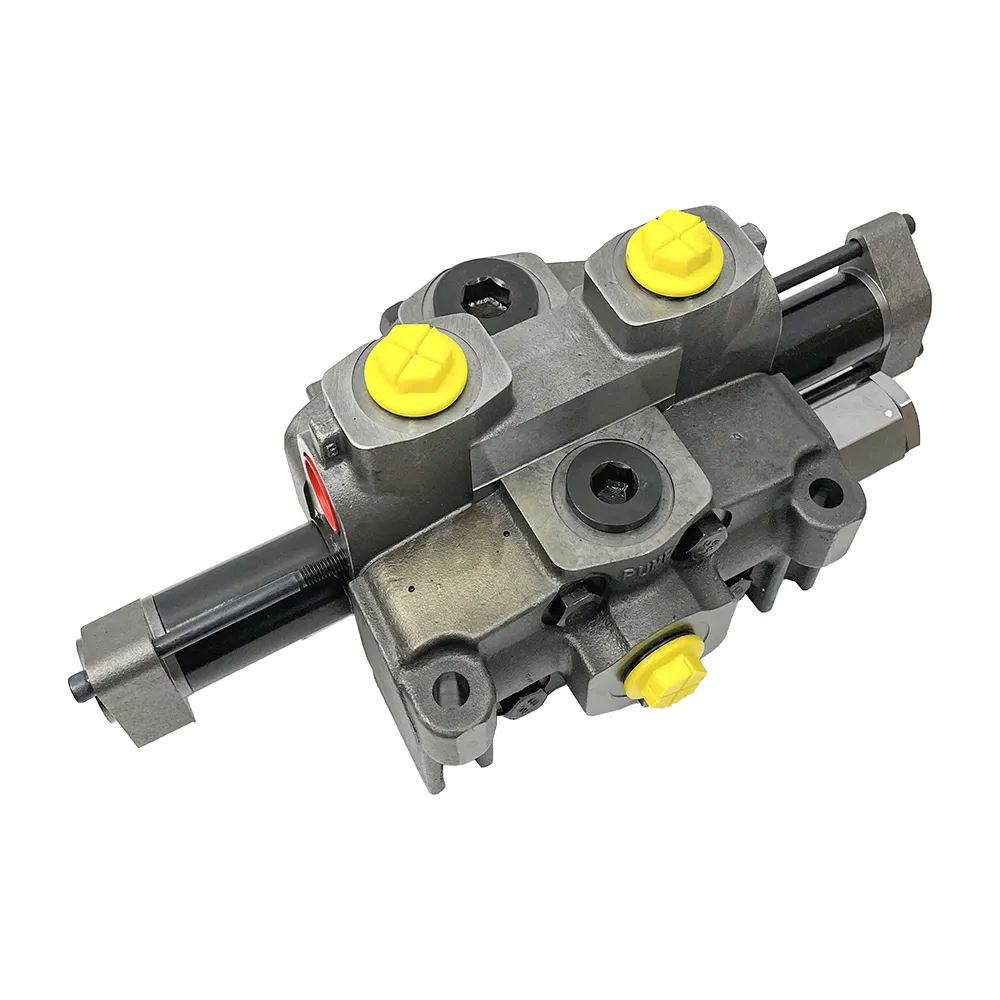Principle of the hydraulic valve

A hydraulic valve is like a traffic cop for liquid in hydraulic systems. It directs the flow of oil or hydraulic fluid to make machines and equipment work. Like a traffic light tells cars when to stop or go, hydraulic valves control when and where the fluid goes, changing its direction and pressure. These valves are important in things like construction machinery and car brakes. They help these machines operate safely and smoothly. Hydraulic valves have the largest variety and specifications. It is also the most active component in hydraulic technology. Hydraulic valves have a wide range of applications, such as engineering and packaging machines.
Hydraulic Valve
Hydraulic Valve

There are many different types of hydraulic valves on the market according to their function and purpose. Here are some common classifications of hydraulic valves:

Dosing valves:
Control liquid flow, such as throttle valves and proportional valves.
Constant pressure valve:
Maintains constant pressure in the system, such as safety valves and pressure reducing valves.
Directional control valve:
Controls the flow of liquid, such as one-way valve, two-way valve and multi-way valve.
Combined function valve:
A valve with multiple functions, such as relief valve, reversing valve, etc.

Manual valve:
Requires manual operation to control the operation of the hydraulic system.
Mechanical valve:
Uses a mechanical device, such as a spring or spool valve, to achieve control.
Electric Valve:
Uses an electric actuator, such as a solenoid or electric motor, to control the operation of a valve.
Hydraulic valve:
Controls flow, pressure and direction through the principles of fluid mechanics.

Directional valve:
A valve that changes the direction of liquid flow, such as a four-position three-way reversing valve and a four-position four-way reversing valve.
Throttle valve:
A valve that controls flow, such as a throttle valve and a speed regulating valve.
Safety valve:
Protects the system from excessive pressure, such as a safety relief valve.
Hydraulic valves regulate the flow of fluid. And they control the speed of an actuator such as a hydraulic cylinder. This is important for achieving precise movements and controlling mechanical components.
Hydraulic valves can change the flow direction of liquid. They allow the actuators in the hydraulic system to move in different directions when needed. This helps control the movement, position and operation of machinery.
Some hydraulic systems have emergency stop valves. They can immediately cut off the flow of fluid. Hydraulic valves can respond to emergencies and emergency shutdown needs.